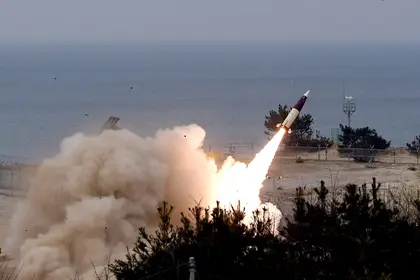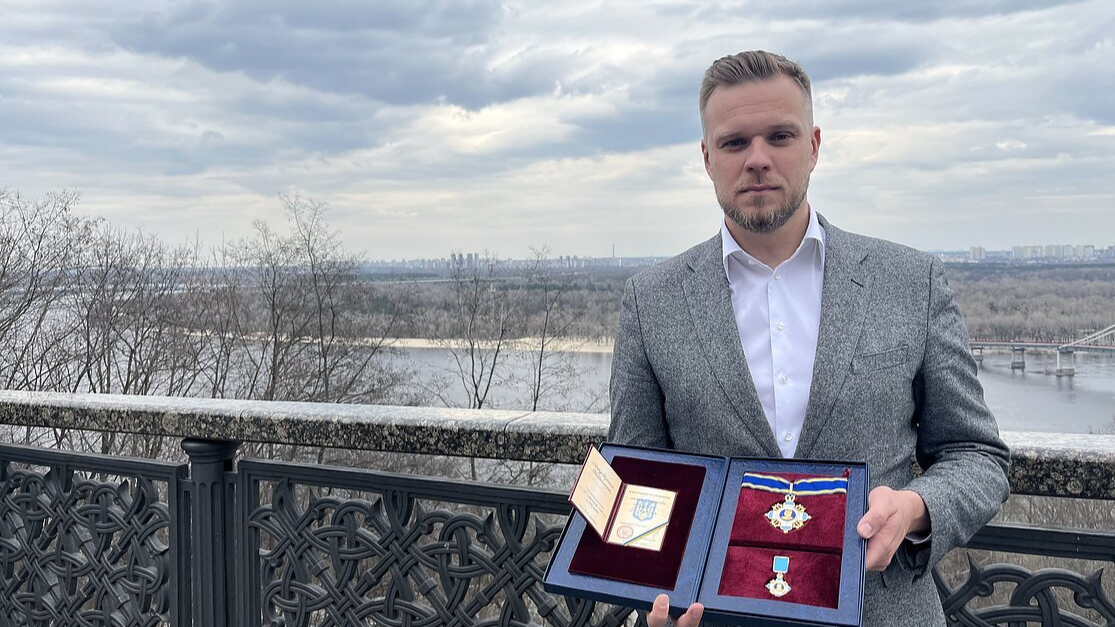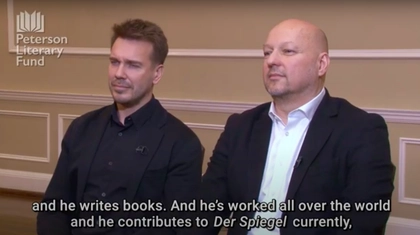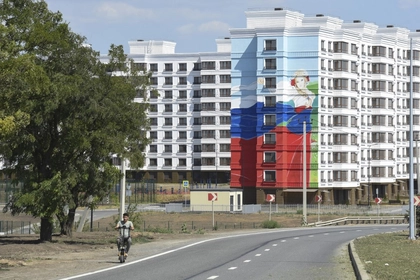The US is delaying approval of Ukraine’s ability to use donated long-range missiles to strike targets deep into Russia, the AP reported his week, pushing any such announcement until just after the arrival of President Volodymyr Zelensky at the 79th UN General Assembly next week. Biden and Zelensky are scheduled to meet shortly following that at the White House.
Washington said it is seeking more detailed information about how exactly Ukraine would use the weapons as part of a broader strategy to end the war. US President Joe Biden’s administration has asked Kyiv for clarification before next week’s meeting of the two leaders.
JOIN US ON TELEGRAM
Follow our coverage of the war on the @Kyivpost_official.
Biden’s team has expressed concern that the use of such missiles would have a limited reward weighed against the risk of escalating war footing between Moscow and the West. The Pentagon also has countered with the argument that, while US long-range missiles are limited in number, Kyiv has demonstrated great success in using long-range drones to hit targets well within Russian territory.
An exclamation point on that position came Wednesday, as Ukrainian kamikaze UAVs staged one of the most destructive attacks in the 2.5-year history of this war, leveling the Toropets Northeast Ammunition Depot, in Russia’s Tver region, causing a huge blaze at the facility which lies about 300 miles from the Ukrainian border.
Ukraine destroyed one of Russia’s largest weapons depots.
— Visegrád 24 (@visegrad24) September 18, 2024
A drone swarm struck the depot in Toropets in the Tver region, 480 km from the frontlines.
The explosion destroyed hundreds of S-300, S-400, Iskander & North Korean ballistic missiles, causing a 2.8 magnitude earthquake pic.twitter.com/Ht6Y7put4C
Zelensky’s team has argued that long-range missiles are critical to strike airfields and military bases further from the border. Specifically, Kyiv is asking for restrictions to be lifted on American-supplied Army Tactical Missile Systems, or ATACMS, and British-supplied Storm Shadow missiles.

Ukrainian Naivety is Both Good and Bad
This issue was on the agenda for the meeting late last week between Biden and British Prime Minister Keir Starmer, as Britain and other NATO allies have voiced their support for a carte-blanch approach instead.
Indeed, a “senior US official” told the AP on condition of anonymity that the subject came up during meetings of NATO defense chiefs in Europe last weekend, including the chairman of the US Joint Chiefs of Staff, and that “most advocated in favor of the change.”
The AP also noted that Biden’s approval could be needed because many Storm Shadow components are made in America.
Starmer said these talks would continue when global leaders convene for next week's UN General Assembly gathering. Biden’s meeting with Zelensky is expected to happen late next week after the US president returns from the UN.
Meanwhile, in his departing speech on Thursday in Brussels as NATO chief, Jens Stoltenberg cautioned the United States and Europe against “isolationism,” AFP reported.
“We have heard voices on both sides of the Atlantic calling for America and Europe to part ways,” he said. “Focusing on short-sighted national interests over long-term cooperation will not serve us well. Isolationism will not keep anyone safe.”
"The quickest way to end the war is to lose it. But that will not bring peace. It will bring Russian occupation." - Jens Stoltenberg.
— Anton Gerashchenko (@Gerashchenko_en) September 19, 2024
He urged to give Ukraine more weapons - "The paradox is that the more weapons for Ukraine we are able to deliver, the more likely it is that we… pic.twitter.com/JaLO2f6CY6
Ukraine joins NATO’s anti-drone exercises for the first time
NATO announced on Thursday that, for the first time, Ukrainian soldiers have participated in the Alliance’s drone countermeasure exercises, held this year in the Netherlands.
“More than 60 counter-drone systems and technologies, such as sensors, drone-to-drone targeting systems, jammers, and cyber interceptors, were tested in real-world conditions,” a statement from NATO read.
More than 450 representatives from 19 allied countries and three partner countries participated in the annual training on “technical interoperability of unmanned aerial vehicle countermeasures” (C-UAS TIE).
“For the first time, Ukraine participated alongside representatives of the private sector and the scientific community,” the press release stated.
Ukraine’s participation marks one more step toward membership in the bloc, per the NATO-Ukraine Roadmap for Innovative Cooperation, approved at NATO’s 75th Anniversary Summit in Washington, DC this summer.
#NATO tested counter drone commercial technology during interoperability exercise in 🇳🇱 to increase its ability counter malicious drone activity and enhance its air defence 👇
— NCIA (@NCIAgency) September 19, 2024
✅ 450 participants
✅ 19 Allies
✅ 3 Partner Nations
Learn more about #TIE24, an exercise… pic.twitter.com/l3vu7cRc3K
Armenia says the Moscow-led CSTO alliance “creates threats” for the Caucasus nation
At an event Wednesday, Armenian Prime Minister Nikol Pashinyan said the Collective Security Treaty Organization (CSTO), Moscow’s answer to NATO to which Armenia belongs, “doesn’t ensure its security obligations towards Armenia,” according to its state media outlet, Armenpress.
The CSTO, Pashinyan said, “creates threats for Armenia’s security and Armenia’s future existence, sovereignty, and statehood.”
The CTSO currently comprises Armenia, Belarus, Kazakhstan, Kyrgyzstan, Russia and Tajikistan. At its inception in 1992, the founding members were Armenia, Belarus, Kazakhstan, Kyrgyzstan, Russia, Tajikistan, and Uzbekistan, but the following year, Belarus, Azerbaijan, and Georgia also signed on. Later, Georgia, Azerbaijan, and Uzbekistan left the alliance, reducing its membership to just six former Soviet socialist republics.
Yerevan has made overtures toward leaving the Organization ever since Russia launched its full-scale invasion of Ukraine in 2022. In February 2023, Pashinyan insisted that “We are not Russia’s ally” in the war, and in July, the Prime Minister confirmed that Armenia planned to withdraw from the treaty.
So, Armenia has officially frozen its membership in the Organization as it reportedly seeks out other security partners.
On July 31, Russian border guards completed their withdrawal from the capital’s Zvartnots International Airport, where they had been stationed since Armenia gained independence in 1991.
You can also highlight the text and press Ctrl + Enter









